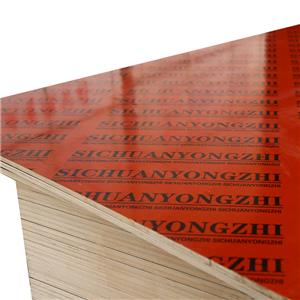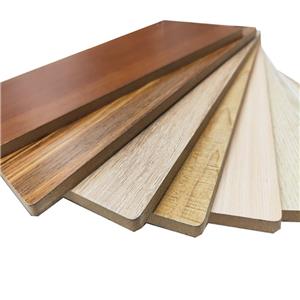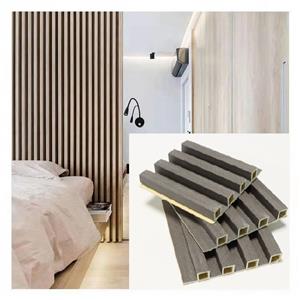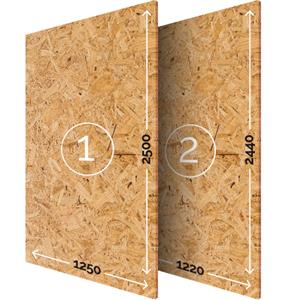Understanding Medium Density Fiberboard (MDF)
Composition and Manufacturing Process:MDF is made from wood fibers obtained by breaking down hardwood and softwood into small pieces. These fibers are then combined with wax and a resin binder, such as urea-formaldehyde or melamine-formaldehyde, to form a homogeneous mixture. The mixture is then subjected to high pressure and temperature, typically in the range of 140-160 degrees Celsius, in a process known as hot pressing. The heat and pressure cause the resin to cure, bonding the fibers together and creating a solid panel.
Properties of MDF:
Density: As the name suggests, MDF has a medium density, falling between the density of particleboard and plywood. This density contributes to its stability and uniformity.
Smooth Surface: MDF panels have a smooth and flat surface, making them ideal for applications where a consistent finish is crucial, such as furniture and cabinetry.
Versatility: MDF is highly versatile and can be easily shaped, cut, and routed into various forms. This makes it suitable for intricate designs and detailed woodworking.
Consistency: Unlike natural wood, MDF has a uniform composition throughout, ensuring consistent performance and appearance across the entire panel.
Cost-Effective: MDF is often more affordable than solid wood or other engineered wood products, making it a popular choice for budget-conscious projects.
Applications of MDF:
Furniture Manufacturing: MDF is widely used in the production of furniture, including cabinets, tables, and chairs. Its smooth surface and ability to take on various finishes make it a preferred material for furniture components.
Cabinetry: In kitchen and bathroom cabinets, MDF is often used for its stability and resistance to warping. It provides a durable and reliable material for constructing cabinet doors, panels, and shelves.
Doors and Moldings: MDF's uniform density and smooth surface make it an excellent choice for doors and moldings, where a consistent appearance is essential.
Craftsmanship: Woodworkers and craftsmen appreciate MDF for its ease of manipulation, allowing intricate designs and detailing in custom projects.
Construction: In some construction applications, MDF is used for interior trim, paneling, and other decorative elements.
Considerations and Challenges:Despite its widespread use, MDF is not without challenges. One significant consideration is its susceptibility to moisture. MDF can swell and lose strength when exposed to excessive moisture, limiting its use in high-humidity environments. Additionally, the use of formaldehyde-based resins in some MDF formulations has raised environmental and health concerns, leading to the development of alternative, eco-friendly options.
In conclusion, Medium Density Fiberboard is a versatile and cost-effective engineered wood product with a wide range of applications in various industries. Its unique properties make it a popular choice for furniture, cabinetry, and construction projects. As technology advances and environmental considerations become more prominent, the future may see the development of even more sustainable and innovative MDF alternatives.




